Description
WAYS TO USE SOAPBERRY SOAP BASE:
- Melt-and-pour, add colors, fragrances etc. to make your own handmade soap
- A general purpose cleaner around the home
- hair shampoo
- body soap
- laundry detergent
- laundry soaker
- dish washing liquid
- shaving cream
- Stainless Steel & Glass Cleaner
SOAPBERRY TREES
Did you know that you can grow your own soap? There are many “soap plants” but perhaps the most well-known is the Soapberry, Sapindus saponaria. It’s a small to medium-sized deciduous tree native to the Americas. Common names include wingleaf soapberry, western soapberry, jaboncillo, sulluku, manele and a’e (Hawaiian). Its genus name, “Sapindus”, comes from the Latin, meaning Indian soap, and its specific epithet means “soapy.”
Each golden colored Soapberry fruit (they are often called “soap nuts”) is between 1.2 in. to 1.4 in. (3 cm to 3.6 cm) in diameter. They become translucent and wrinkled when fully mature, and contain a single seed. The fruits can contain as much as 37% of saponin, and when soaked in water they produce a soapy lather. Historically, they were popular in Mexico and in other regions for laundering clothes.
Soapberries are non-chemical eco-friendly, biodegradable. They work to reduce the surface tension in water to remove dirt and clean almost anything around the home. Soapberries are a natural, grey water safe, palm oil free, vegan household cleaning solution that actually works! But what many people don’t know is how multipurpose they are. Not only are they fantastic as a natural laundry detergent, you can use soapberries as an all purpose cleaner, shampoo, body soap, dish detergent, and more. Soap berries are hypoallergenic, so they are a great choice for people with sensitive skin and allergies, babies and children. They are also antibacterial, antifungal and odourless.
If you have some soapberries, simmer them in water to extract the soapy goodness, them use the liquid to wash clothes, or as a shampoo for your hair. If you don’t have access to Soapberries you can buy sticks of soapberry soap base and use it to wash with, or to make your own natural soap bars.
SPECIFICATIONS:
One stick of soapberry soap base weighs 1kg (2.2 pounds).
Length: 24cm (9.4 in), diameter: 6.5cm (2.5 in)
MORE ABOUT SOAPBERRY TREES (from PFAF):
Sapindus saponaria
Common Name Soapberry, Wild Chinaberry, Florida Soap Berry, Soap Nut, Soap Tree
Sapindus saponaria or commonly known as Wingleaf Soapberry or Soapberry is commonly found in South America. The flowers are white and fruits are one-seeded berries with yellow pulp and brown seed.
The seeds yield oil that has medicinal properties. There are no known edible parts.
The orange-brown fruit is used as a soap and hair shampoo. When cut up and soaked in water, the fleshy fruit (which smells of strawberries) produces soapy suds. The husks contain about 30% saponins and are used in some areas to wash wool and silk with remarkable rejuvenating results.
The seeds when crushed are used to make insecticide.
Fiber obtained from the inner bark is made into ropes.
The ornamental, black, shiny seeds are used in bead works, crafts, rosaries, and buttons.
The wood is used for construction among others.
The plant is highly tolerant of a wide range of soil and environmental conditions and an excellent pioneer species.
Other common names include Wild Chinaberry, Florida Soap Berry, Soap Nut, and Soap Tree.
Agroforestry Uses: A plant of moderate growth-rate that is tolerant of a wide range of soils and environmental situations; provides food for the native fauna; materials and medicines for humans; and is tolerant of sunny situations, this is an excellent pioneer species to use when restoring native woodland and also for establishing woodland gardens.
Watch the video on how to make soap from soap berries:



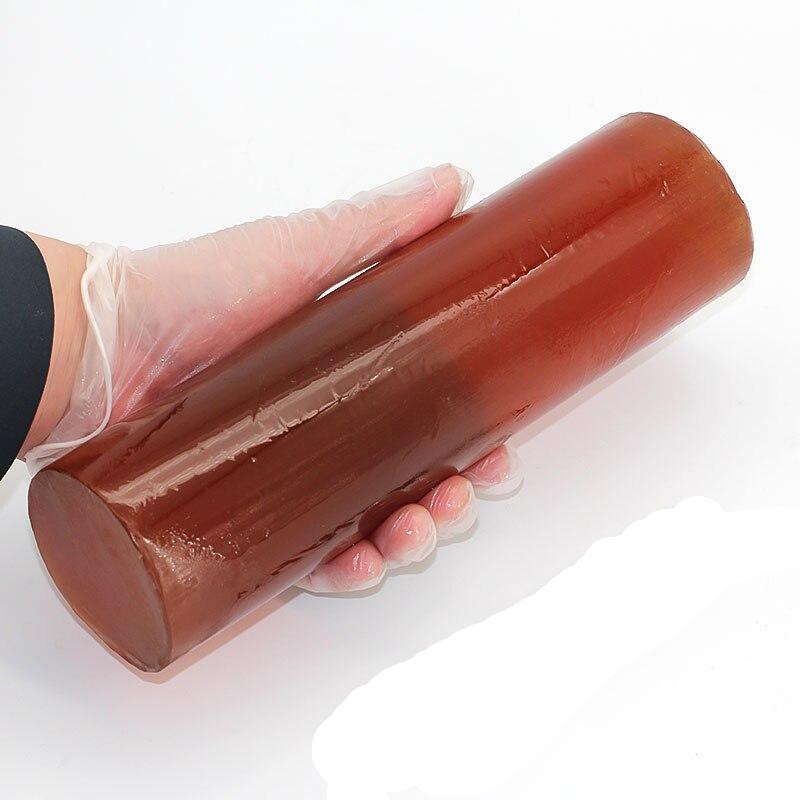
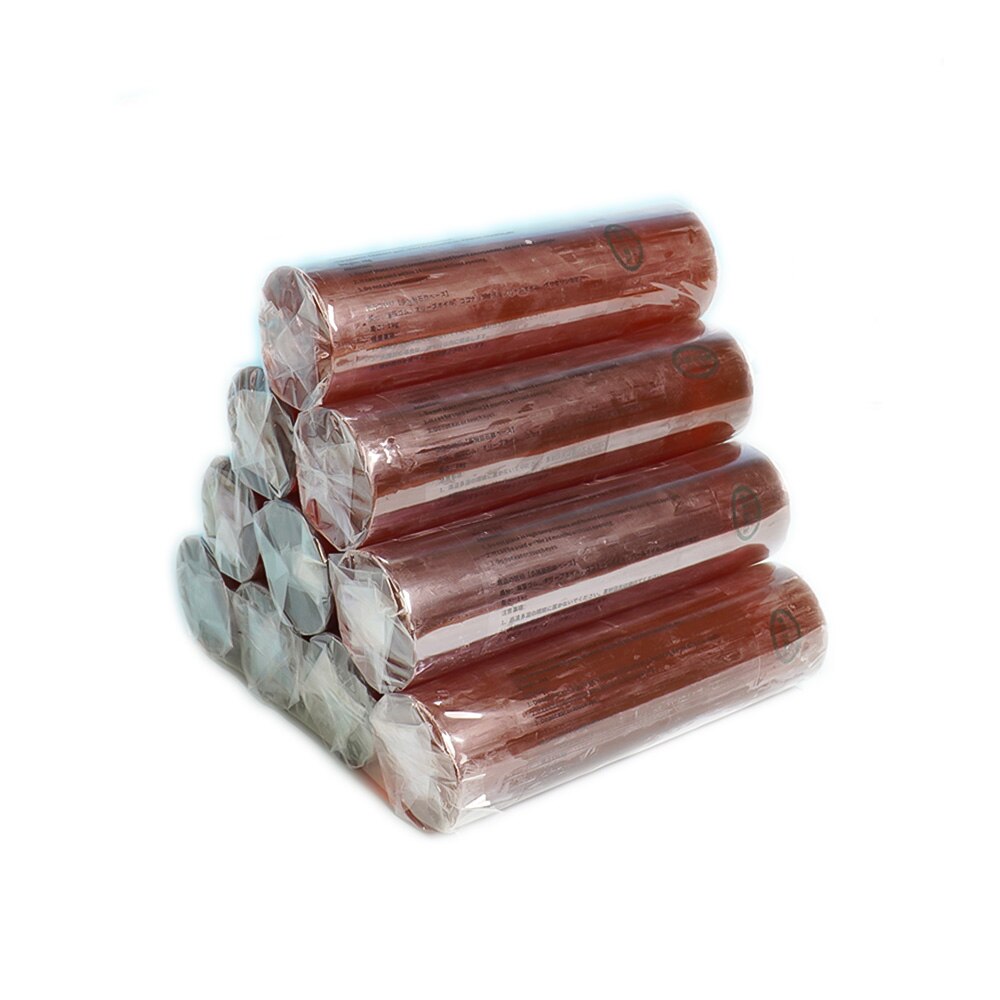
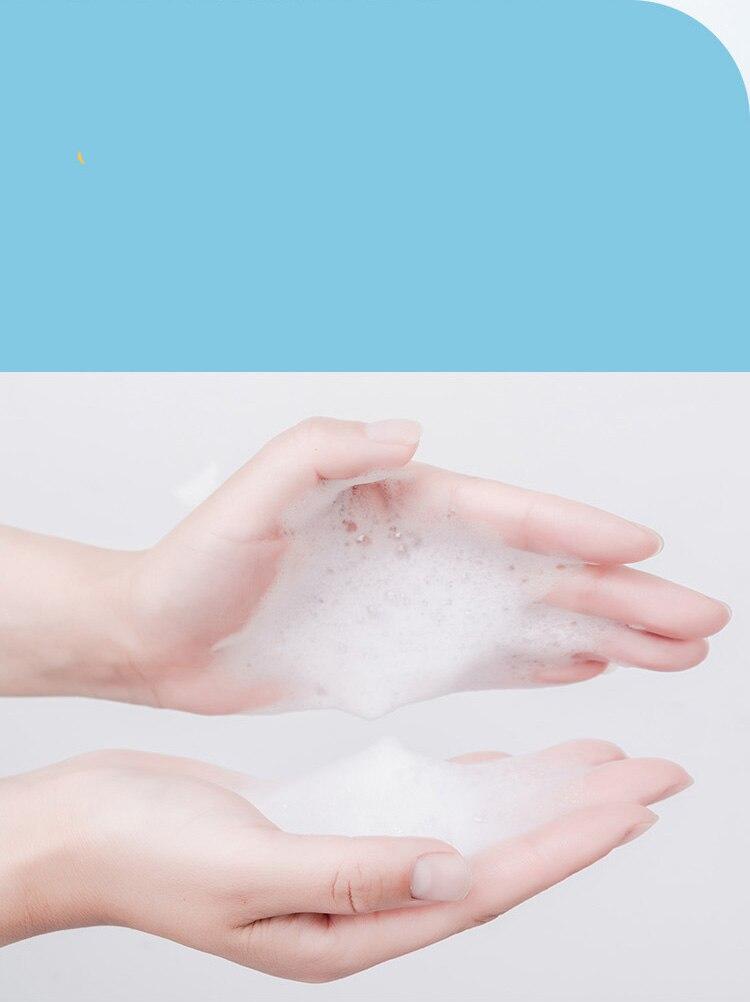
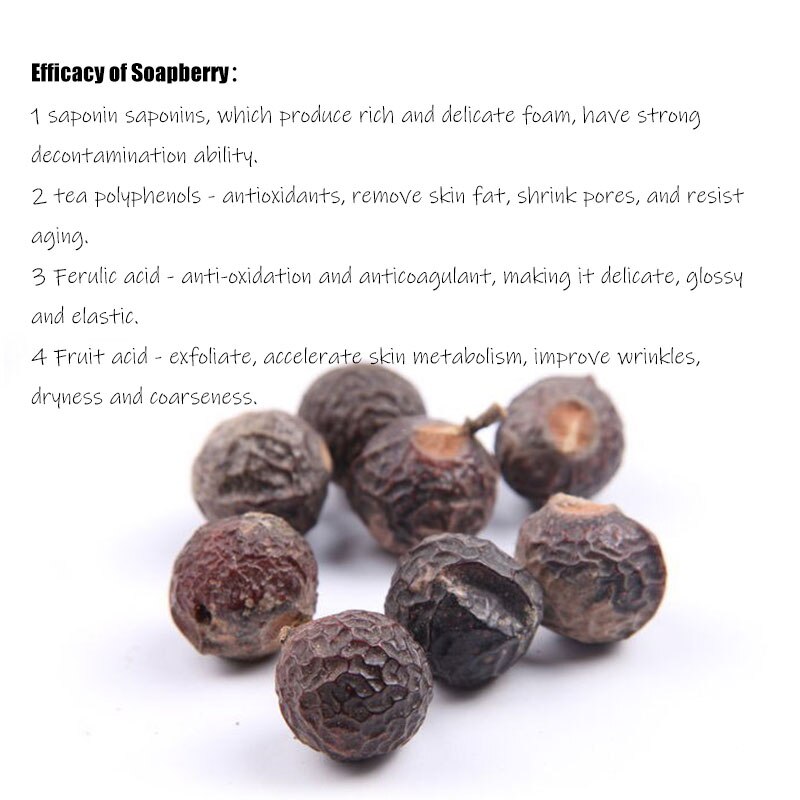
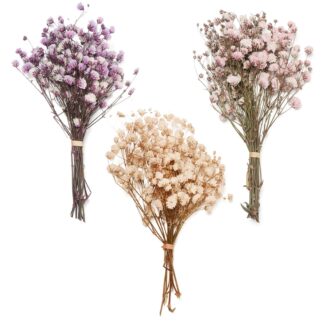
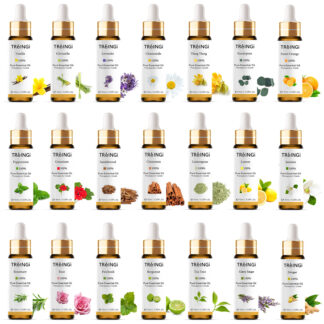

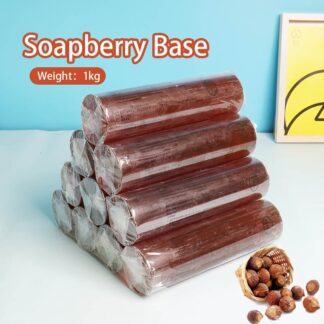
Reviews
There are no reviews yet.